10 Examples of Plagiarism to Stay Away From!
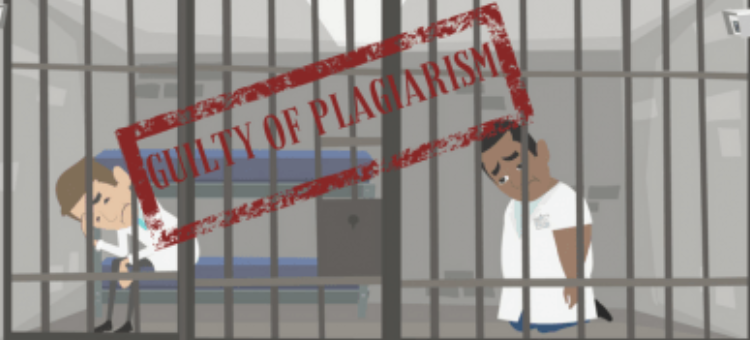
Plagiarism, or passing someone else’s work as your own, is not a new phenomenon in research. It has gained greater attention with the advent of technology that has made it easier to uncover instances of plagiarism. There are many types of plagiarism already described. Although no degree of plagiarism is acceptable, it can range from complete plagiarism, as the most egregious act of fraud, to accidental plagiarism.
However, not all types of plagiarism are alike. When analyzing whether something is an act of plagiarism, the determination of whether it was intentional or unintentional, plays an important role. That is why, knowledge about plagiarism is a key learning component at colleges and universities. It addresses the gravity of both intentional and unintentional plagiarism.
10 Examples of Plagiarism
With respect to the gravity and frequency of plagiarism, a survey of scientific researchers has produced a ranking of plagiarism types. While complete plagiarism represents the most serious offense, paraphrasing is the one that is the most common. It is, thus, very important to consider and understand all the various types of plagiarism and how they occur. Listed below are 10 examples of plagiarism:
Complete Plagiarism
Complete plagiarism is the most severe form of plagiarism where a researcher takes a manuscript or study that someone else created, and submits it under his or her name. It is equivalent to intellectual theft and stealing.
Source-based Plagiarism
Plagiarism may occur due to incorrect attribution of the information source.
For example, when a researcher uses a secondary source of data or information but only cites the primary source. This results in secondary source plagiarism as it fails to attribute the secondary source from where the information was originally taken and gives a misleading impression of the depth of research conducted. Also, in cases where a researcher adds an incorrect or non-existent source to their list of references, it results in plagiarism due to data fabrication and misleading citation.
Finally, data fabrication and falsification are also forms of plagiarism. Data fabrication is the making up of data and research findings, while data falsification involves changing or omitting data to give a false impression. The consequences of this type of plagiarism can be grave, particularly when it comes to medical research, because it can adversely affect clinical decisions. These can be avoided by using a specialized plagiarism detection tool.
Direct Plagiarism
Direct or verbatim plagiarism occurs when an author copies the text of another author, word for word, without the use of quotation marks or attribution, thus passing it as his or her own. In that way, it is like complete plagiarism, but it refers to sections (rather than all) of another paper. This type of plagiarism is considered dishonest and it calls for academic disciplinary actions. It is not as common, but it is a serious infraction of academic rules and ethics.
Self or Auto Plagiarism
Auto-plagiarism, also known as self-plagiarism or duplication, happens when an author reuses significant portions of his or her previously published work without attribution. Thus, this type of plagiarism is most likely to involve published researchers, rather than university students. The severity of this kind of infraction is under debate, depending on the copied content. Many academic journals, however, have strict criteria on the percentage of author’s work that is reusable. Many journals run manuscripts through a plagiarism-detection software before considering them for review.
Paraphrasing plagiarism
This is, as published on Wiley, the most common type of plagiarism. It involves the use of someone else’s writing with some minor changes in the sentences and using it as one’s own. Even if the words differ, the original idea remains the same and plagiarism occurs. Because students often do not have a clear understanding of what constitutes plagiarism, there are recommendations for research and writing available to reduce the risk of paraphrasing plagiarism. Additionally, you can also use a plagiarism checker to reduce the risk of paraphrasing plagiarism.
Inaccurate Authorship
Inaccurate authorship or misleading attribution can happen in two ways:
In one form, when an individual contributes to a manuscript but does not get credit for it. The second form is the opposite: when an individual gets credit without contributing to the work. This example of plagiarism, whichever way it occurs, is a violation of the code of conduct in research.
It is also possible to commit this form of plagiarism when someone else edits a manuscript, leading to substantive changes. In this case, the recommendation is to acknowledge the contributors at the time of publication, even if they are not listed as authors.
Mosaic Plagiarism
Mosaic plagiarism may be more difficult to detect because it interlays someone else’s phrases or text within its own research. It is also known as patchwork plagiarism, and it is intentional and dishonest.
Accidental Plagiarism
Whether intended or unintended, there is no excuse for plagiarism and the consequences are often the same. However, plagiarism may be accidental if it occurred because of neglect, mistake, or unintentional paraphrasing. Students are likely to commit accidental plagiarism, so universities should stress on the importance of education about this example of plagiarism.
Aggregator Plagiarism
This type of plagiarism, also known as citation stacking, involves piecing together properly cited sentences from various sources. While it avoids direct plagiarism, it is frowned upon because it lacks originality. Such a text fails to provide a cohesive analysis and offers no value beyond the referenced material.
Source-based plagiarism
This type of plagiarism involves misrepresenting or falsifying the sources used in a document. It includes citing non-existent sources, providing incorrect citations, or selectively quoting material to mislead the reader. This example of plagiarism compromises academic integrity by distorting the true origin of ideas or research.
These are common examples of plagiarism in the research community. How many of these have you encountered? How did you deal with them? Have you ever used online plagiarism checker? Please share your thoughts with us in the comments section below.





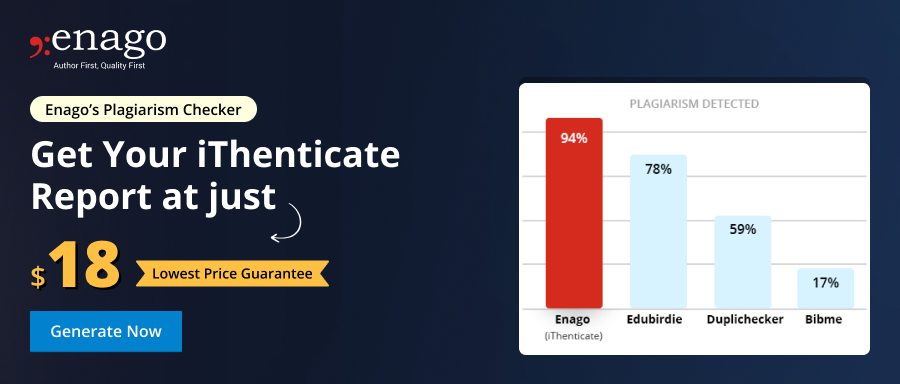
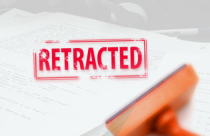

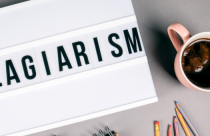
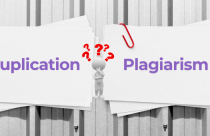

Okay. Plagiarism is becoming serious. My teacher back in grade four taught me the consequences for plagiarism when I was writing my country report.
Copied content even the slightest or without proper citation will always be considered as plagiarism.
“it really helped me get a better understanding about the consequences of plagiarism. thanks a bunch peeps!!
Peace!”
Helped a bunch, thanks
Someone committed Direct and verbatim plagiarism against my father’s unpublished biography which I’m working on. He took advantage of it from the programme event and quickly published it as a pamphlet without any credit to me as his source. My sibblings were shocked to see he had copied and pasted what they had edited as a family in a book without any acknowledgement whatsoever. It was very embarrassing and disappointing because he is even an academic of supposedly high repute and should know better.
thanks a lot for the great article it helps me and lighting me aware from the plagiarism.
thank you again
I am most likely to commit Accidental Plagiarism since I am pretty self conscious of it.